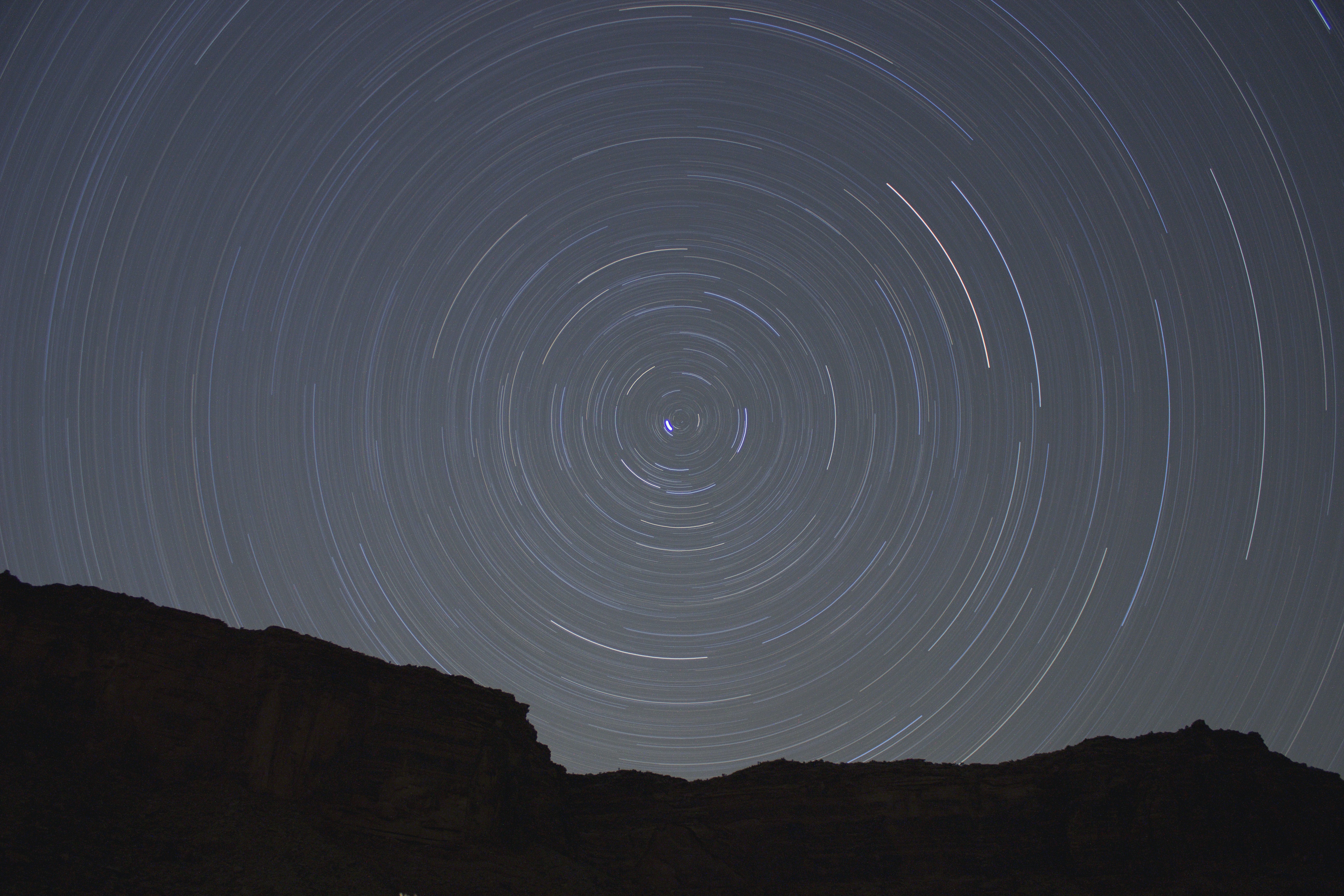
To bend time and space, large amounts of energy are needed. For the time being, that remains an indisputable fact. But if we had a spaceship that could bend time and space, we could potentially travel faster than the speed of light. That’s what’s referred to as a Warp Drive. The passenger in such a ship would be in "free fall" and not experience any acceleration. Some form of Warp Drives is a necessity to, for example, colonize other Earth-like planets within a generation.
Read more: 🚀 The future of space travel: through wormholes or with Warp Drives? (warpnews.org)
In the ‘90s, an article was published by physicist Alcubierre, which theorized about how Warp Drives could work. He concluded that it is physically possible, given a very large quantity of negative energy. This energy would encapsulate a bubble containing the travelers. The only problem is that no one knows how to produce such large negative energy or if it exists.
Other problems with Warp Drives are how to stop traveling faster than the speed of light – and return to "flat" space-time upon reaching your destination. And, not to mention, that Hawking Radiation would bombard travelers in such a Warp Drive bubble. Some also argue that some "normal" propellant within the bubble might still be needed.
Many questions remain, but the physicist Erik Lentz has found a solution to the biggest problem, the need for negative energy. In an article that’s garnered much attention, Erik Lentz shows how positive,i.e., ordinary, energy is enough to create a Warp Drive bubble if you take advantage of hyperbolic space-time instead of linear. Thus another geometric solution of Einstein's field equations.
Lentz describes how Warp Drives would be possible by what is called a "soliton" that travels as a wave function in space-time. Instead of Alcuiberre's proposal where the expansion of space-time takes place behind the ship, and the contraction of space-time takes place in the direction of travel, both expansion and contraction take place on all sides of the soliton in Lentz's theory. The soliton is, in essence, the space-time itself, which is curved to a certain shape but remains stable.
The amount of energy needed in Lentz's theory, and his "bubble" of 200 meters in diameter, is about one-tenth of the sun's mass. But he believes that it is likely that progress can be made in physics when it comes to this, as the amount of negative energy needed in Alcubierre's theory has been downgraded as the field of research has evolved.
In the article, Lentz writes that one could look for naturally occurring Warp Drives phenomena created by plasma from magnetars, which are neutron stars with strong magnetic fields.
Lentz tells Scientific America that he is in favor of further developing ideas about Warp Drives.
"As long as one doesn’t let personal biases get in the way and accepts what evidence tells you, it’s a field of research that is as worthy of being pursued as any other"
Time paradoxes?
But if it were possible to generate a sufficient amount of energy for a Warp Drive, what would it mean for the traveler? According to Erik Lentz, no time paradoxes would occur. If a person traveled during a nine-year period from Earth to Proxima Centauri, the same amount of time would have passed for those on Earth as for those inside the Warp Drive spacecraft. This is because the travelers in the spacecraft would not experience any real acceleration.




